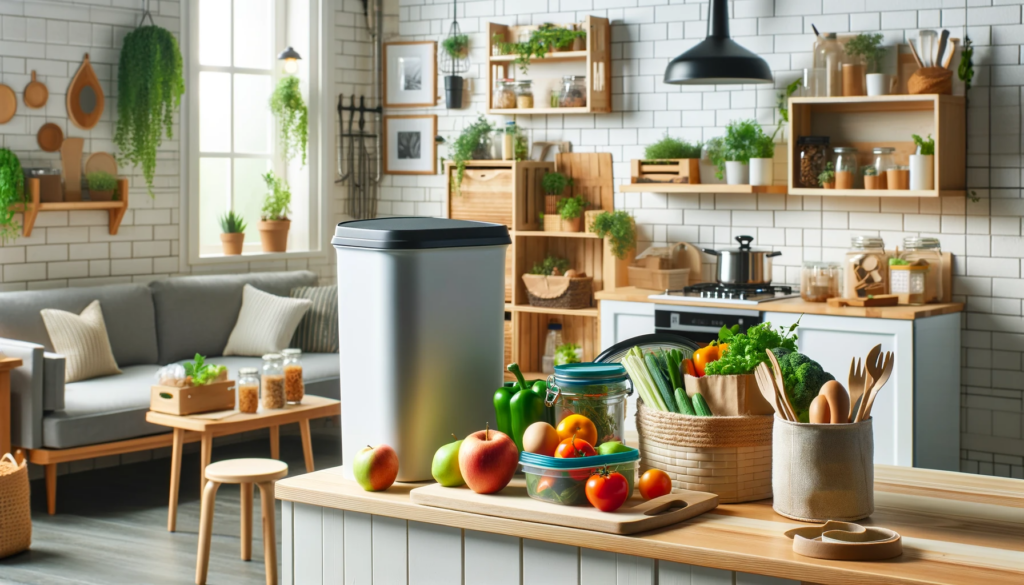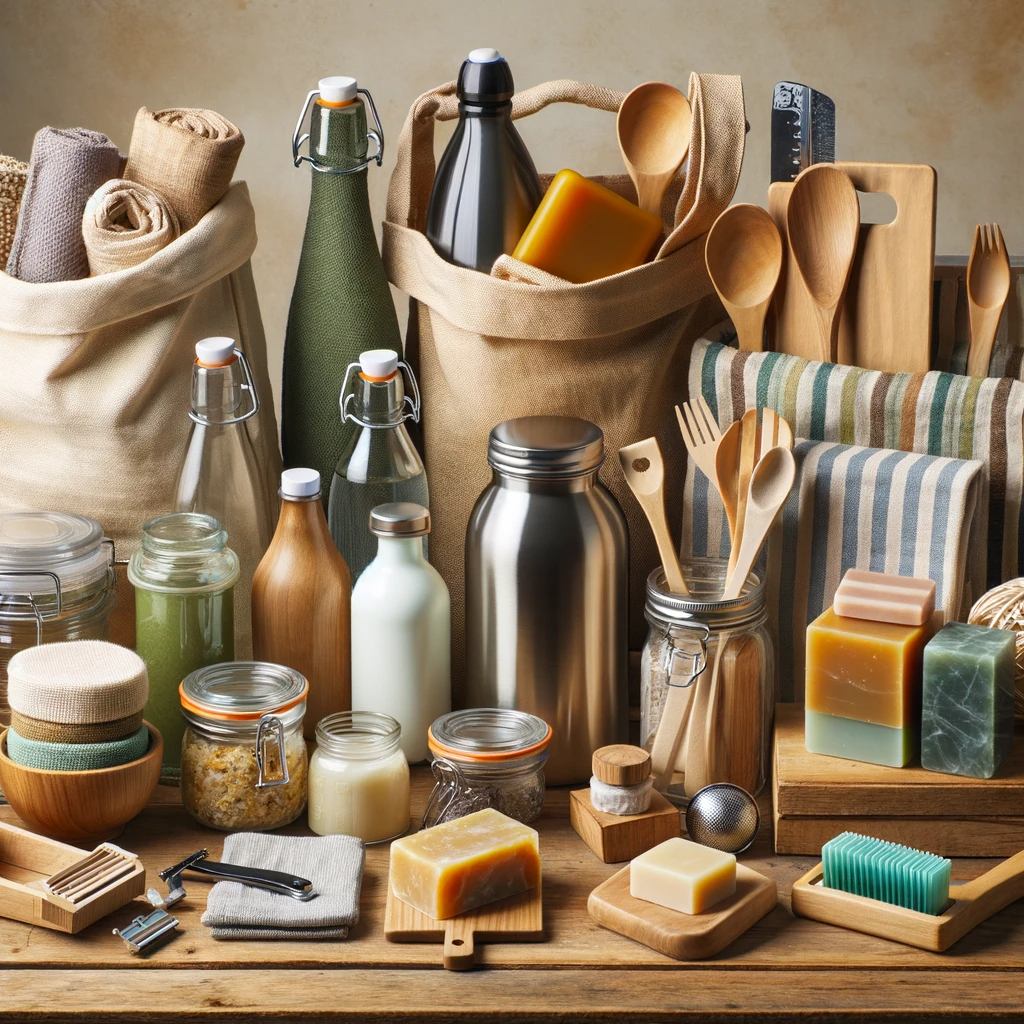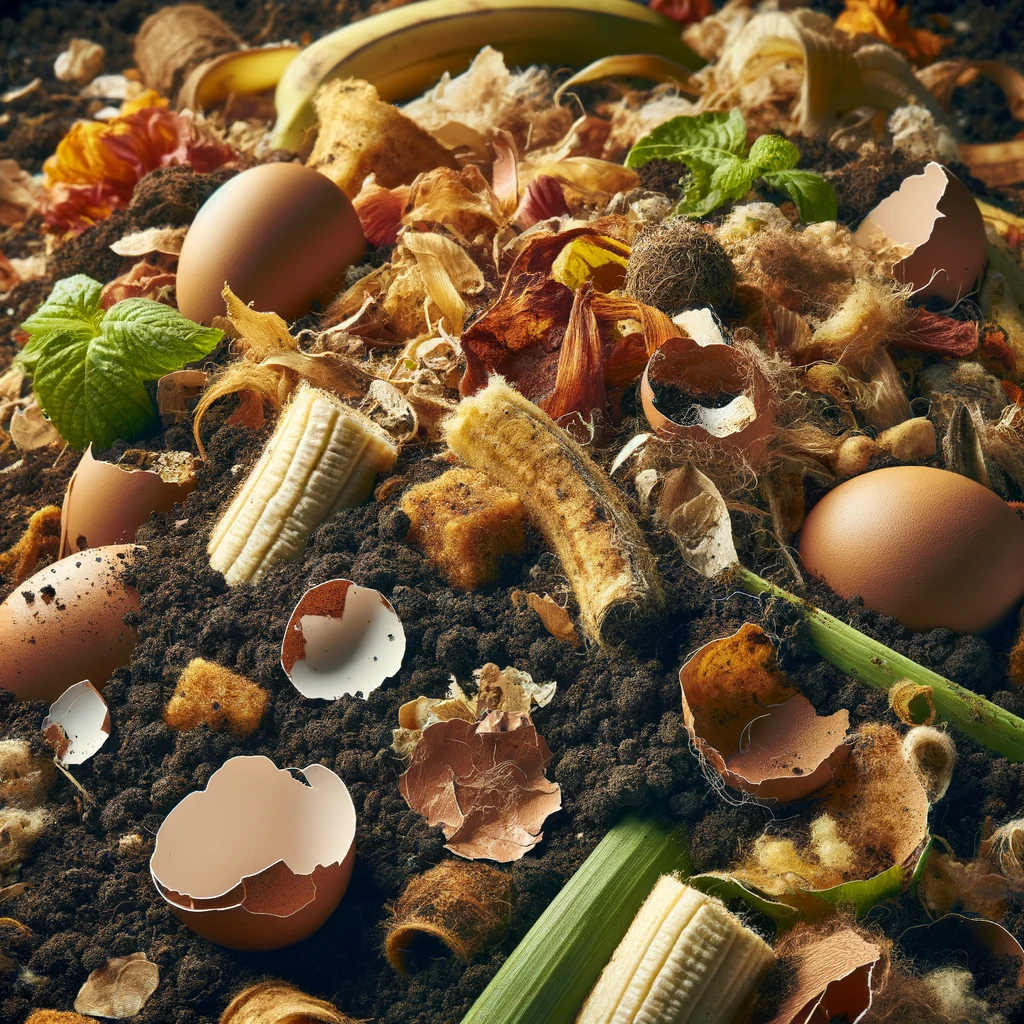How to Make a Compost Bin: A Comprehensive Guide for Homesteaders
Introduction
In the quest for sustainable living, understanding how to make a compost bin is a vital skill. This comprehensive guide is dedicated to helping homesteaders and environmentally-conscious individuals grasp the full scope of composting. We’ll cover everything from selecting the perfect location to the maintenance of your compost bin, ensuring you contribute positively to both the environment and your garden.
Why Compost?
Composting is more than just a gardening technique; it’s a key component in our fight against environmental degradation. By composting, you reduce landfill waste, lower greenhouse gas emissions, and recycle kitchen and yard waste into a rich, natural fertilizer. It is a practical application of eco-friendly principles, transforming waste into a resource that nourishes soil and plant life.
Step 1: Selecting the Ideal Location
The first step in your composting journey is to choose the right spot for your compost bin. You’re looking for a balance between sunlight and shade; too much sun can dry out your compost, while insufficient light can slow down the decomposition process. Also, consider the proximity to your kitchen for easy addition of kitchen scraps and to your garden where you’ll use the compost. Ensure that the chosen location has good drainage to avoid waterlogging issues.
Understanding Composting Science
Before you start gathering materials, it’s helpful to understand the science behind composting. It’s a natural process where microorganisms break down organic matter into simpler substances. The key is to have the right mix of carbon-rich ‘brown’ materials (like dry leaves and shredded paper) and nitrogen-rich ‘green’ materials (like kitchen scraps and grass clippings). This balance is crucial for a thriving compost.
Step 2: Gathering Your Materials
To begin composting, you’ll need:
- A compost bin or materials to build one (consider repurposed wood, chicken wire, or recycled pallets).
- A mix of green and brown materials for composting.
Building a Compost Bin
In this section, we dive into the different types of compost bins you can build. Discussing the advantages of each material, such as the breathability of wire mesh or the sturdiness of wood pallets, will help you make an informed decision. You’ll also find a list of tools required, safety tips, and step-by-step construction guides.
Step 3: Constructing Your Compost Bin
Ensure your bin allows for adequate air circulation and is easy to access for turning the compost. Whether you choose a simple pile, a stationary bin, or a rotating tumbler, each type has its unique advantages and challenges.
Step 4: Initiating Your Compost Pile
The key to a healthy compost pile is the art of layering. Start with a base layer of coarse materials like twigs or straw to ensure good drainage. Follow this with alternating layers of green and brown materials, maintaining a balance. This section includes detailed advice on what materials can be composted, the ideal ratios of green to brown materials, and troubleshooting common issues like odors or pests.
Composting Tips and Tricks
In this part, we offer additional tips such as chopping materials into smaller pieces to speed up decomposition, or how to manage the moisture content of your compost. We also discuss the role of compost activators and how everyday household items, like coffee grounds, can be beneficial to your compost.
Step 5: Tending to Your Compost Bin
Regular maintenance of your compost bin is essential for success. This includes turning the compost every few weeks to aerate it and checking the moisture level. If it’s too dry, add water; if it’s too wet, add more brown material. Here, we explain how to know when your compost is ready to use and the best methods for harvesting it.
Advanced Composting Techniques
For those looking to take their composting to the next level, we delve into advanced techniques such as hot composting, vermicomposting, or bokashi. These methods have their own sets of benefits and challenges, which are explained in detail, helping you decide which method fits best with your lifestyle and garden size.
Troubleshooting Common Composting Problems
Composting can come with its set of challenges. This section addresses common problems like bad odors, pests, or a compost pile that’s not heating up, providing practical solutions and preventive measures.
Environmental Impact of Composting
We highlight the positive environmental impact of composting, such as reducing landfill waste and greenhouse gas emissions. We also discuss how compost improves soil health, supports biodiversity, and contributes to a more sustainable food system.
Conclusion
In conclusion, making and maintaining a compost bin is a significant step towards a healthier environment and a more productive garden. We encourage our readers to start small and learn as they go, reminding them that every step towards sustainability makes a difference in the grand scheme of things.







Pingback: Winter Composting: 28 Essential Tips
Pingback: Can You Compost Banana Peels? Potassium-Rich Compost